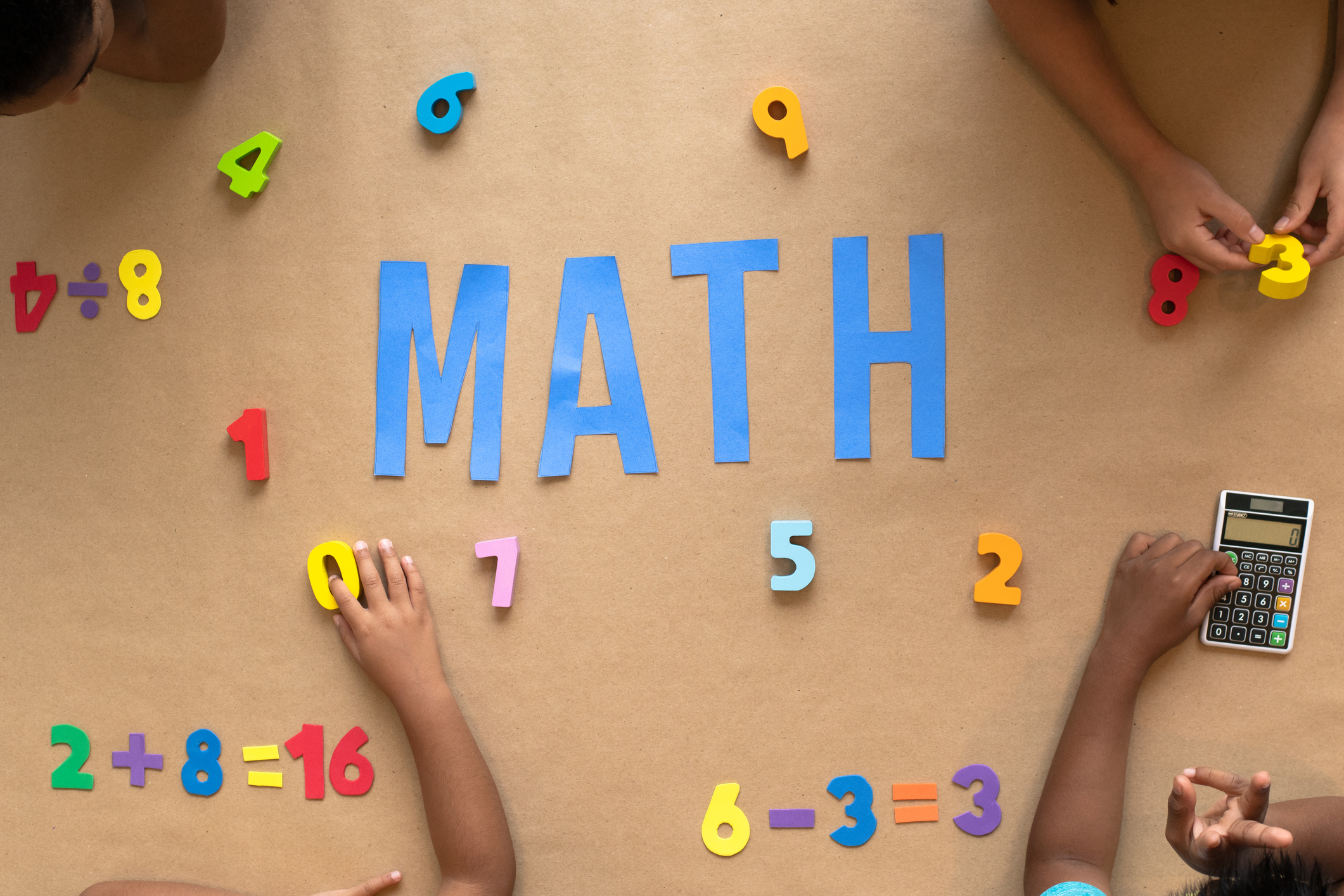About This Lesson
Part E in a 6 part module. Skip-count objects in models to build fluency with multiplication facts using units of 4. (Lesson 14) Relate arrays to tape diagrams to model the commutative property of multiplication. (Lesson 15) Use the distributive property as a strategy to find related multiplication facts. (Lesson 16) Model multiplication and division. (Lesson 17). Aligned to Common Core standards 3.OA.5, 3.OA.7, 3.OA.1, 3.OA.2, 3.OA.3, 3.OA.4, 3.OA.6. Resources created by EngageNY and licensed by Creative Commons. http://creativecommons.org/licenses/by-nc-sa/3.0/us/

















